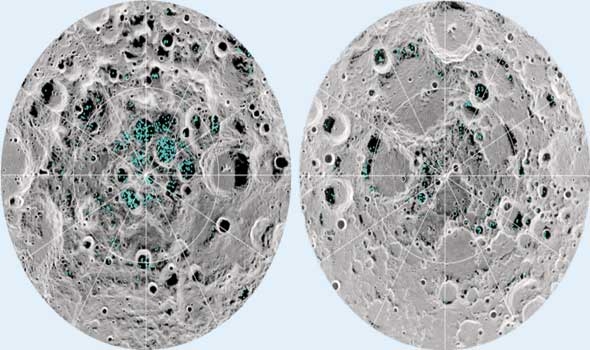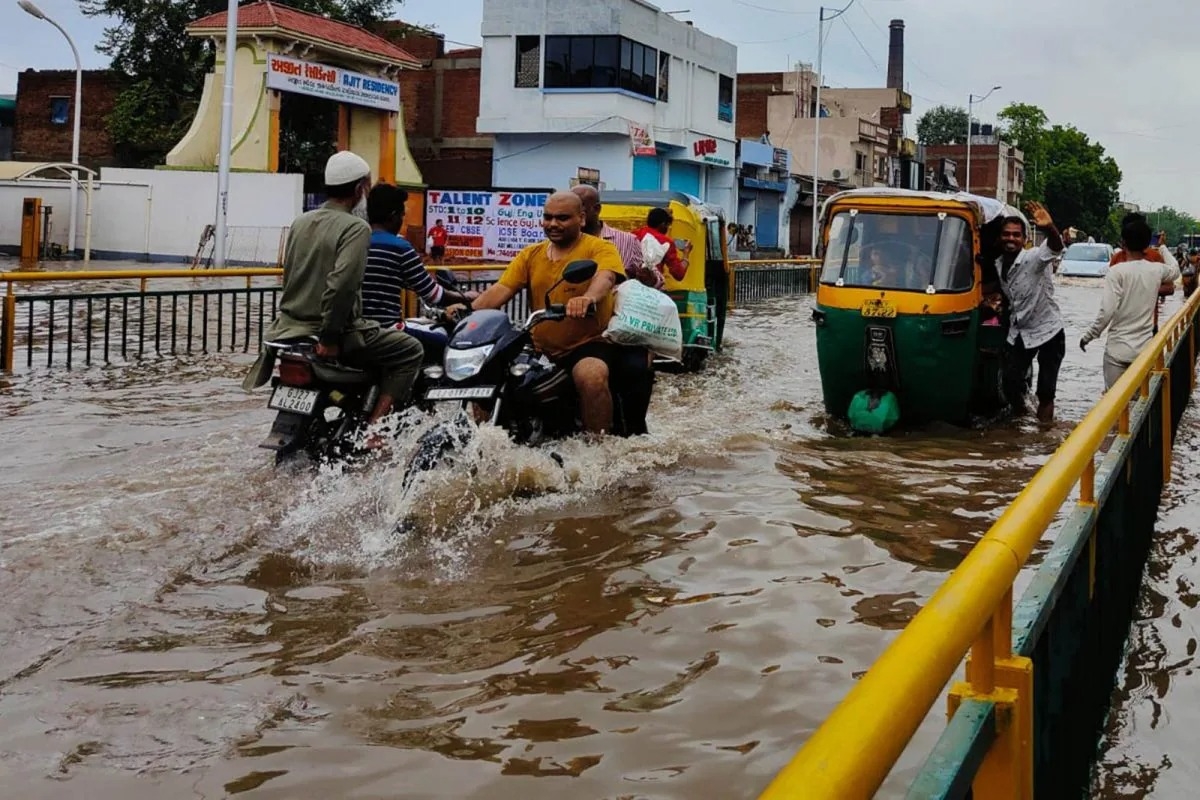Scientists have confirmed the presence of frozen water deposits in the darkest and coldest parts of the moon’s polar regions using data from the Chandrayaan-1 spacecraft, which was launched by India 10 years ago, Nasa said on Tuesday. With enough ice sitting on the surface — within the top few millimetres — water would possibly be accessible as a resource for future expeditions to explore and even stay on the moon, and potentially easier to access than the water detected beneath the moon’s surface.
Scientists have confirmed the presence of frozen water deposits in the darkest and coldest parts of the moon’s polar regions using data from the Chandrayaan-1 spacecraft, which was launched by India 10 years ago, Nasa said on Tuesday. With enough ice sitting on the surface — within the top few millimetres — water would possibly be accessible as a resource for future expeditions to explore and even stay on the moon, and potentially easier to access than the water detected beneath the moon’s surface.










417.jpeg)
10.jpeg)
40.jpeg)
100.jpeg)
416.jpeg)
5.jpeg)
4.jpeg)
6.jpeg)
5.jpeg)





